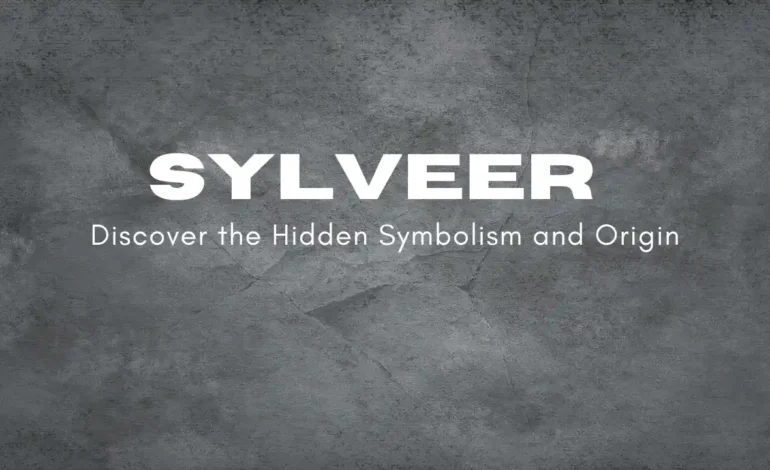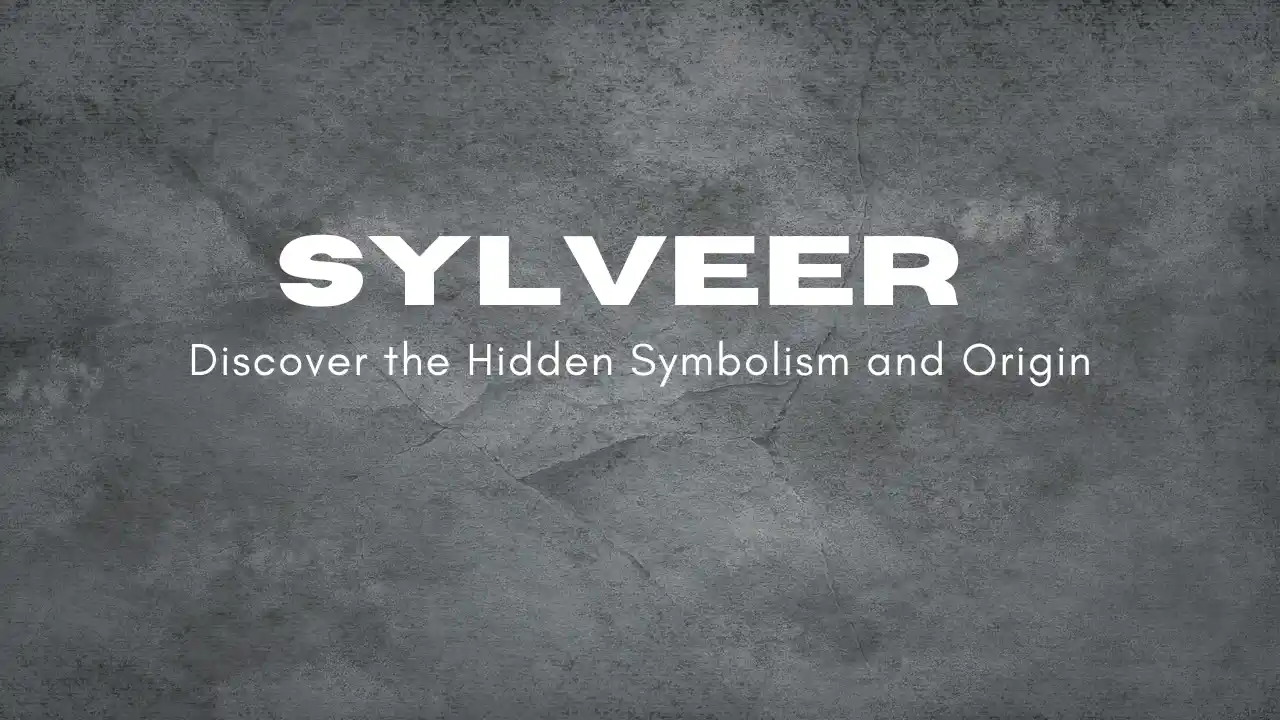Sylveer: Discover the Hidden Symbolism and Origin

The term “Sylveer” carries rich cultural and historical meaning, drawing attention to its fascinating symbolism and origin. While the word may seem unfamiliar to some, it is deeply rooted in various traditions and cultures worldwide. In this post, we will dive into the hidden layers of Sylveer, exploring its origin, symbolism, and how it is interpreted today.
What is Sylveer?
Sylveer is a word that has gained traction in certain circles for its hidden meanings and historical significance. The term can be defined in several ways, depending on the context in which it is used. Whether it’s a reference to nature, a cultural symbol, or even a name in folklore, Sylveer’s true meaning runs deeper than its surface-level understanding.
In this section, we’ll discuss Sylveer’s meaning in different cultures and what it represents across various contexts.
The Symbolism of Sylveer
The symbolism of Sylveer spans generations, with its roots deeply embedded in nature and human belief systems. In many cultures, Sylveer has been seen as a representation of strength, purity, and connection to the earth.
Sylveer in Mythology and Folklore
In mythology, Sylveer is often linked to nature spirits and ancient gods who personify the natural world. Legends tell of its connection to woodland deities, representing growth, transformation, and renewal. These associations suggest that Sylveer was seen as a bridge between the human world and the divine, offering blessings for prosperity and protection.
Sylveer in Modern Times
Today, Sylveer has transitioned into more modern interpretations. Its symbolic value is still seen in art, literature, and spiritual practices. Artists often use Sylveer to evoke feelings of mystery, nature, and human connection to the earth. Writers include Sylveer to enhance the depth of their stories, giving characters qualities of resilience and connection to the world around them.
The Origins of Sylveer: Etymology and Historical Roots
The word Sylveer is believed to have ancient origins, stretching back to early languages and cultures. It is often associated with words denoting trees, forests, and the wilderness, a link that underscores the deep connection between Sylveer and the natural world.
Sylveer in Early Languages
The earliest recorded uses of the word Sylveer can be traced to ancient languages, where it was associated with nature deities and spirits of the forest. Scholars believe it stemmed from a Proto-Indo-European root word related to “wood” or “forest.”
Transition from Ancient to Modern Sylveer
Over time, the meaning and usage of Sylveer evolved. From its early use in religious texts to its place in modern-day language, Sylveer’s symbolism shifted, reflecting the changing societal values surrounding nature, spirituality, and human existence.
How Sylveer is Used Today
In today’s world, Sylveer has a diverse array of meanings and applications. From being used in fashion, where it signifies natural elegance, to its role in literature as a representation of growth and transformation, Sylveer has become a versatile term.
In modern cultures, it is often employed in a more symbolic way to represent environmental awareness, human connection to nature, and the importance of sustainable practices.
The Importance of Sylveer in Art and Literature
Sylveer has also found its place in the art world, where its symbolism is often portrayed through vivid imagery. Artists use Sylveer to symbolize a deeper connection to the earth or to evoke a sense of mysticism and wonder.
Sylveer in Contemporary Art
Many contemporary artists have incorporated the symbolism of Sylveer into their work. Whether it’s through nature-inspired paintings or sculptures, Sylveer remains a powerful tool for expressing humanity’s ongoing relationship with the natural world.
Common Myths and Misunderstandings About Sylveer
Despite its long history, there are many misconceptions about Sylveer. Some believe it represents only one specific thing, such as a tree spirit, while others may misunderstand its origins or cultural significance.
The Misconception of Sylveer’s Meaning
One of the common misunderstandings about Sylveer is its presumed association with a single culture or belief system. In fact, its meanings are varied, depending on the region and time period in which it was used. It is crucial to understand that Sylveer carries different symbolic meanings in different traditions.
Conclusion
Sylveer is more than just a word; it is a symbol that connects us to our history, nature, and culture. Its richness in meaning, both ancient and modern, offers a glimpse into humanity’s eternal bond with the earth. Whether you encounter Sylveer in literature, art, or spiritual practice, understanding its origins and symbolism can deepen your appreciation for this remarkable term.
FAQ’s
What does Sylveer symbolize?
Sylveer symbolizes strength, nature, and spiritual connection. Often associated with woodland deities and natural forces, it represents growth, transformation, and renewal in various cultures and mythologies.
Where did Sylveer originate from?
Sylveer originated from ancient languages, with ties to words representing forests and trees. It is believed to have evolved from a Proto-Indo-European root, signifying a deep connection with nature and the earth.
How is Sylveer used in modern times?
Today, Sylveer is used in art, literature, and even fashion, symbolizing natural beauty and the human connection to nature. It is often seen as a symbol for environmental awareness and sustainability.
Is Sylveer related to any mythological figures?
Yes, Sylveer is closely tied to mythological figures, particularly nature gods and spirits of the forest. In various traditions, it is seen as a symbol of divine protection, renewal, and prosperity.
What are the main cultural associations of Sylveer?
Culturally, Sylveer is associated with strength, purity, and protection. It is often depicted in folklore as a symbol of transformation, particularly related to nature and the cycles of life.
Can Sylveer be found in literature?
Yes, Sylveer frequently appears in literature as a symbol of growth and connection to nature. Writers use it to evoke feelings of resilience, transformation, and renewal in their characters and stories.








